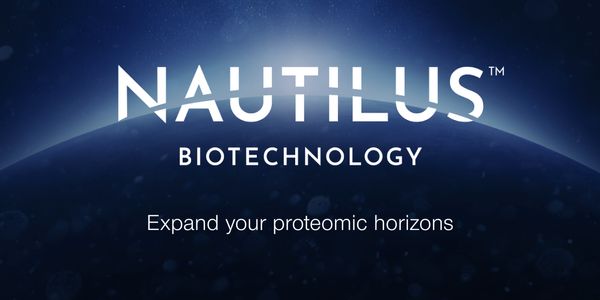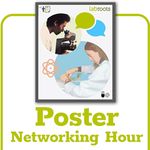SPEAR: A Homogeneous Immunoassay Merging Protein Quantification with the Sensitivity, Simplicity, and Scalability of Nucleic Acid Testing Paradigms
Protein detection sensitivity has historically lagged behind nucleic acid detection by 2-3 orders of magnitude due to the lack of intrinsic signal amplification. While digital methods such as Single Molecule Array (SiMoA) enable observation of a single molecule, reliance on high affinity antibodies and background signal from non-specific interactions often limit sensitivity to no fewer than 104-105 protein molecules in a sample.
Successive Proximity Extension Amplification Reaction (SPEAR) is an assay inspired by kinetic proofreading mechanisms. It employs a 2-step, proximity-dependent amplicon generation mechanism to enhance proximity effect while eliminating unwanted background. This improves sensitivity by over 100-fold compared to SiMoA, enabling a separation- and wash-free workflow capable of precisely quantifying proteins at sub-femtomolar concentrations from sub-microliter sample volumes, utilizing standard qPCR instrumentation.
SPEAR demonstrates reliable measurements of low-abundant proteins below 100 analyte copies in a sample, utilizing various target-specific binders such as aptamers, antibodies and antigens. SPEAR's robust ultra-sensitivity is less dependent on binder affinity due to its wash-free workflow and has exceptional specificity due to its 2-factor authentication and allowance of free target-binder interaction in homogeneous solution. For example, the SPEAR p-Tau217 plasma assay quantifies 100% of clinical samples and achieved >90% clinical sensitivity and specificity in determining amyloid pathology (Alzheimer’s disease) using a single cutoff, eliminating indeterminant results with dual-cutoff approaches and obviating the need for costly PET scan.
By merging the sensitivity, simplicity, and scalability of nucleic acid testing with protein biomarker quantification, SPEAR redefines the limits of protein detection, paving the way for broader clinical and research applications.
Learning Objectives:
1. Visualize how SPEAR’s 2-factor authentication eliminates background signal and significantly increases the signal-to-background ratio.
2. Compare dependence of binder affinity between ultra-sensitive SPEAR’s wash-free workflow to workflows used by wash-required technologies such as SiMoA.
3. Discover how the SPEAR assay maximizes target-binder interaction specificity through free interactions in homogeneous solutions.




